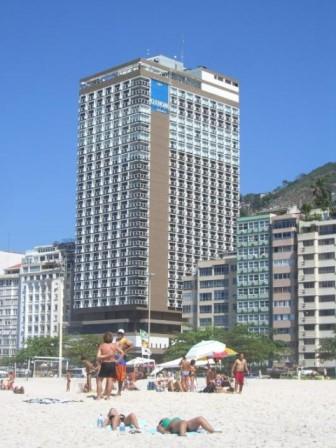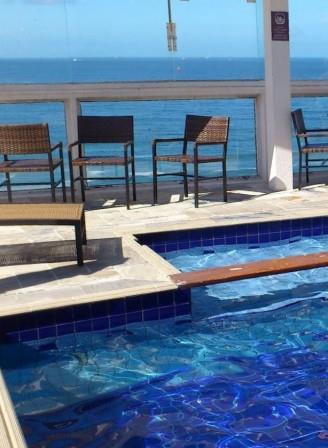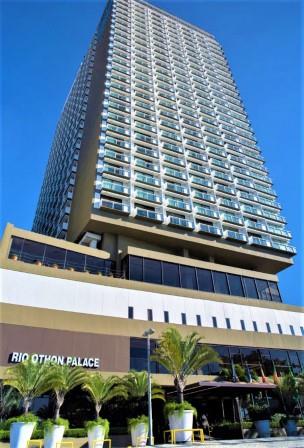ORALS
SESSION: AdvancedMaterialsTueAM-R6
| 4th Intl. Symp. on New and Advanced Materials and Technologies for Energy, Environment and Sustainable Development |
| Tue Nov, 6 2018 / Room: Guaratiba (60/2nd) | |
| Session Chairs: Raphael Semiat; Alexander Yarin; Session Monitor: TBA |
12:10: [AdvancedMaterialsTueAM03] Keynote
Wear-resistant MAX phases-based Materials of Ti-Al-C System for Electrical Transport Tetiana
Prikhna1 ; Orest
Ostash
2 ; Vladimir
Sverdun
1 ; Viktoriya
Podhurska
2 ;
Fernand
Marquis3 ; Myroslav
Karpets
1 ; Semyon
Ponomarov
4 ; Alexandra
Starostina
1 ; Thierry
Cabioc'h
5 ;
1Institute for Superhard Materials, Kiev, Ukraine;
2Karpenko Physical-Mechanical Institute of the National Academy of Sciences of Ukraine, Lviv, Ukraine;
3San Diego State University, San Diego, United States;
4Institute of Semiconductor Physics, Kiev, Ukraine;
5Universite de Poitiers, CNRS/Laboratoire PHYMAT, Chasseneuil Futuroscope Cedex, France;
Paper Id: 125
[Abstract] MAX phases combined best properties of metals and ceramics [1-3]. Short-time synthesis under relatively low (10-15 MPa) pressures using hot pressing technique allowed us to obtain MAX-phase-based materials suitable for manufacturing of current-loaded inserts of pantographs. The most effective appeared to be the material containing 93% Ti<sub>3</sub>AlC<sub>2</sub>, 4% TiC and 3% Al<sub>2</sub>O<sub>3</sub>. Its wear after the 5 km of friction path in contact with copper under 0.25 MPa load (which is typical for pressing pantographs to electrical wire) was 0.0003 g, and the wear of the counter body (copper M1) at this was 0.0011 g. The wear of MAX-phase-based material was 20 times less than the wear of silumin AK (which is used for electrical transport pantographs manufacturing) and the wear of copper in contact with MAX phase occurred to be 10 times less than its wear in contact with silumin AK. It has been found that the amount of Ti<sub>3</sub>AlC<sub>2</sub> (or 312), Ti<sub>2</sub>AlC (or 211), TiC and the material density effect the wear resistance of MAX-phases-based materials. The wear of highly dense materials based on MAХ phases containing both phases of structural types 312 and 211 (61% Ti<sub>3</sub>AlC<sub>2</sub>, 22% Ti<sub>2</sub>AlC, 17% TiC (I) and 40% Ti<sub>3</sub>AlC<sub>2</sub> + 60% Ti<sub>2</sub>AlC (II)), when rubbed in pairs with copper M1 under 0.25 MPa, after 5 km of the path was 0.0005 g and 0.0018 g of composition (I) and (II), respectively, while the wear of the silumin was much higher: 0.0228 g and 0.022 g, respectively.
References:
[1] Barsoum M., In: Prog. Solid St. Chem. 28 (2000) 201-81.
[2] Prikhna T, Starostina A, Petrusha I, Ivakhnenko S, Borimskii A, Filatov Yu, Loshak M, Serga M, Tkach V, Turkevich V, Sverdun V, Klimenko S, Turkevich D, Dub S, Basyuk T, Karpets M, Moshchil' V, Kozyrev A, Il'nitskaya GD, Kovylyaev V, Lizkendorf D, Cabiosh T, Chartier P., Journal of Superhard Materials 36(1) (2014) 9-17.
[3] J. Halim, P. Chartier, T. Basyuk, T. Prikhna, E.N. Caspi, M.W. Barsoum, T. Cabioc'h, 37 (2017) 15-21.



















